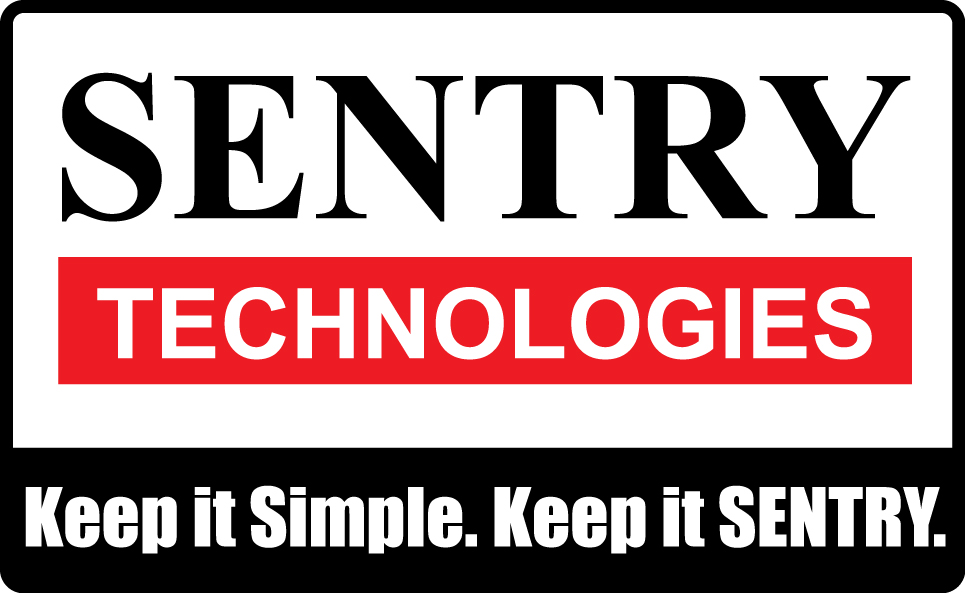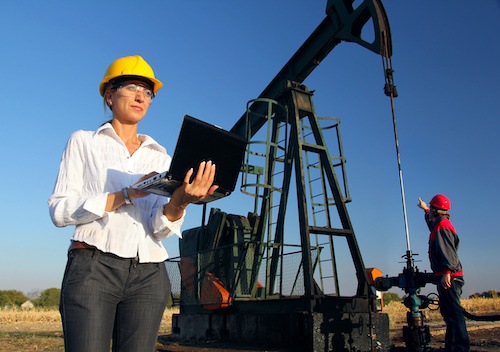One of our goals at Sentry Technologies is to help oil and gas companies bridge the technology gap to embrace remote monitoring. By taking advantage of available technology, companies can make better use of their resources, drive down costs, and reduce the risk of a consequential event.
For example, through our automated well monitoring solution, companies can better monitor production levels and issues at the well site without actually having to send teams out to the field.
This doesn’t mean that technology will replace technicians, gaugers, or other field personnel. These individuals still play a critical role in supporting field activity. Rather, our technology provides personnel with the tools they need to do their job faster, smarter, and more efficiently, ultimately helping your company thrive.
5 Benefits of Automated Well Monitoring
Here’s how technology can support automated well monitoring:
1. Greater Visibility at Remote Locations
Rain. Wind. Darkness. Extreme heat or cold. These conditions can make it difficult for personnel to do their job in the field, especially if you have well sites at hard-to-reach locations. What if you had access to technology that could remotely monitor the status of well sites from an unaffected location?
With Sentry, you will gain greater visibility into all your locations. Through a reliable remote alarm system, your team will receive alerts when an alarm condition has been realized. Then, your personnel will be equipped with the information they need to head out to the field and address the issue.
2. Optimization of Manpower
Provide your gauger with the tools they need to be efficient with their time. For example, instead of focusing on recording levels, your gauger can concentrate on testing equipment.
With Sentry remote monitoring solutions, you can send your field personnel to the locations where they can create the greatest value – or minimize the greatest costs – in the least time.
3. Reduced Downtime
Production is critical right now. Yet, so many companies in the industry have accepted downtime as part of their normal operating reality. It doesn’t have to be. Nor, do you have to continue with inefficient processes.
How many times have you been frustrated that personnel are performing a routine check on Wellsite A at the same time that Wellsite B stops producing at a completely different location miles away? Instead of your personnel scrambling to reach Wellsite B, you can use automated well monitoring to only send personnel out to the field when a well needs attention.
With access to real-time data, your company can make informed decisions about where to deploy manpower. You’ll be able to eliminate daily, manual checks that put your personnel in the wrong place at the wrong time. This will reduce downtime for all of your production sites and reduce costs by ensuring that field personnel only head to the wells that need attention.
4. Mitigation of Consequences
A lack of remote monitoring tools could expose your company to the risk of a consequential event. Through the use of a remote alarm system, such as our Watchdog ST product, your team will receive alerts via text message, email, or phone call when an alarm condition has been realized. Then, your team will be able to proactively spring into action to address the situation.
Receiving alerts about high/low pressure, high/low temperature, or high/low well production tank levels will help your company respond accordingly and mitigate the potential consequences of an event. Consider these examples:
- You can avoid fines for upsets that result in environmental consequences.
- You can avoid placing your personnel in harm’s way out in the field.
- You can avoid damage to costly equipment from overflows, spills, high temperatures, etc.
5. Cost Optimization
Instead of sending your team out to the field to manually check on each well site every day, you will only have to send your team out to the field when there is a clear risk or issue. This will immediately drive down transportation costs for your company.
Overall, we provide a clear opportunity to decrease costs and increase revenue-producing activity.
- Keep your wells producing longer and more consistently.
- Stop losing money due to excessive downtimes.
- Reduce the risk of hazardous consequences that could tremendously impact your bottom line.
The initial cost of transitioning from manual processes to automated well monitoring is a drop in the bucket compared to your future savings potential.
Plus, the cost of remote monitoring systems is much lower than you would think because of great advances in technology. In most cases, the cost of investing in our tools is low enough to be a capital expense, helping you avoid an additional operating expense. We work with you on costs because we believe it should not be an issue for your company.
Contact Us to Discuss Automated Well Monitoring
No matter the size of your oil and gas company, we have a solution that works for you. We’re happy to come out to your wellsite(s) to evaluate your needs and propose a right-size solution that fits your current operating reality.
You’ll also gain access to our industry-leading customer service team. Our team ensures that your remote monitoring systems continue to work around the clock so that you can reliably manage well sites and take advantage of all the great benefits that come with automated well monitoring.
Give us a call today to discuss this opportunity to advance your technological capabilities, support field personnel, and get the job done. Keep it simple. Keep it Sentry.

